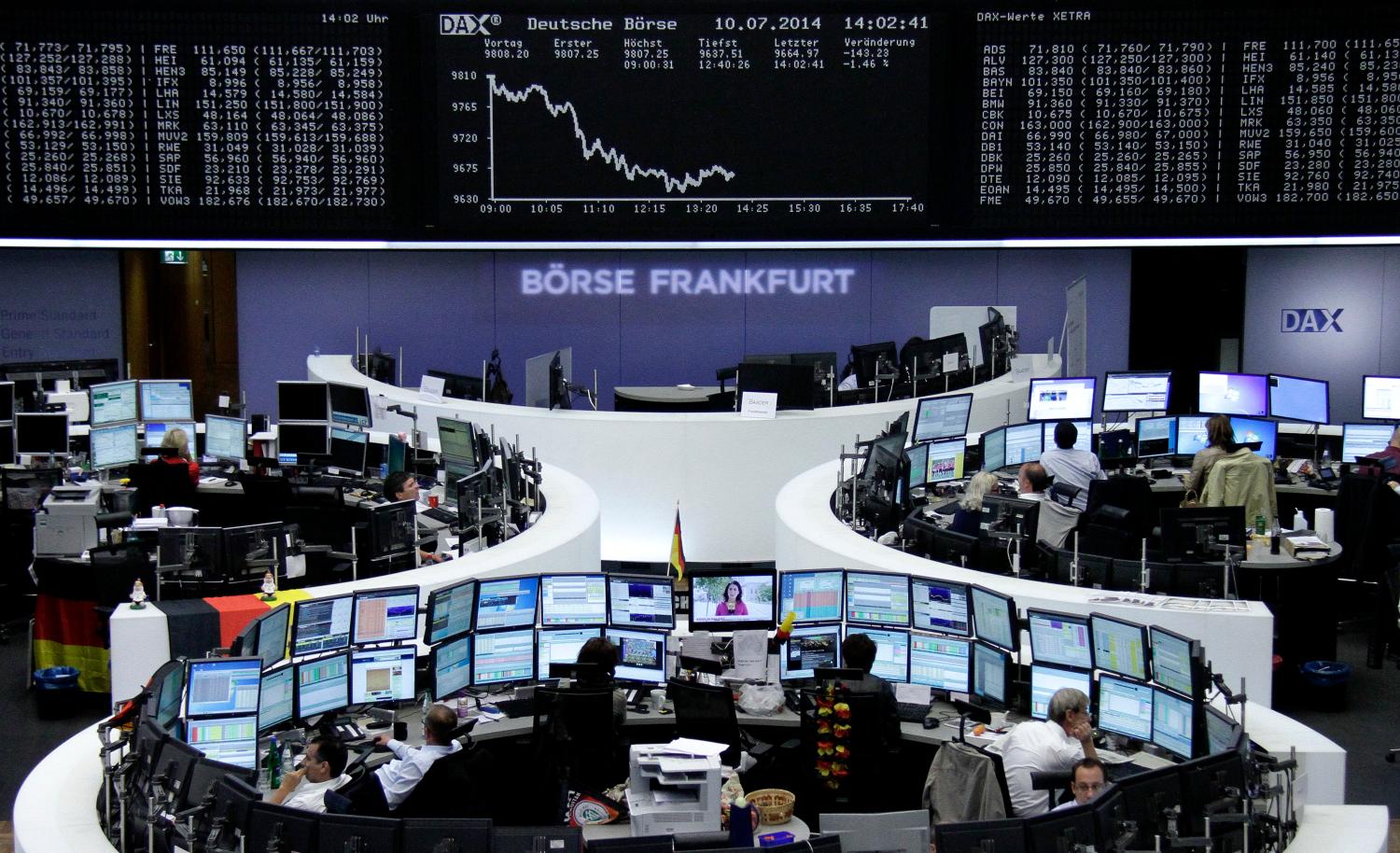Introduction:
The European Commission recently conducted an ‘In- Depth Review’ of the German economy under its Macroeconomic Imbalances Procedure, concluding that “Germany is experiencing macroeconomic imbalances, which require monitoring and policy action”. In fact in 2013 Germany’s current account surplus reached a record high of 7.6% GDP, the eighth consecutive annual above 6% of GDP. Cyclically corrected estimates show that the structural surplus could be even above 8% of GDP, a threshold that is considered excessive by any standards. The first issue that needs to be considered is whether the accumulation of surpluses in Germany is structural or whether it would taper with time. Apparently, demographic and trade composition factors indicate that Germany will keep on posting high surpluses in its balance of payments for the foreseeable future. Efficient reallocation of high surpluses in its balance of payments for the foreseeable future. Efficient reallocation of excess savings in Germany throughout the Euroarea and abroad is thus essential for growth in the Euroarea and Germany itself.
The accumulation of current account surplus represents a drain net savings from the trading partners. On the long term it represents also a source of instability. This was sufficiently demonstrated by euro -crisis experience that has been at least partially induced by the reckless investments of domestic excessive savings effectuated by the German and Dutch banks. Requests of more balanced political economy has encountered serious resistance in the German government. Essentially, Berlin disputes that its large current account surplus is caused by a relatively sluggish domestic demand and acknowledges only that its main cause is the strong export growth.




